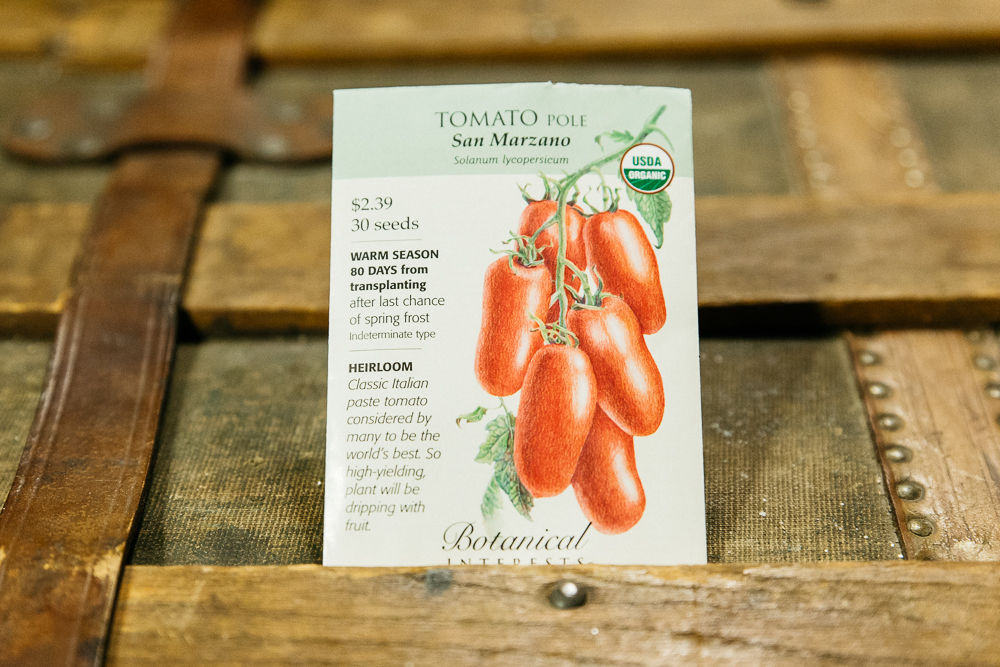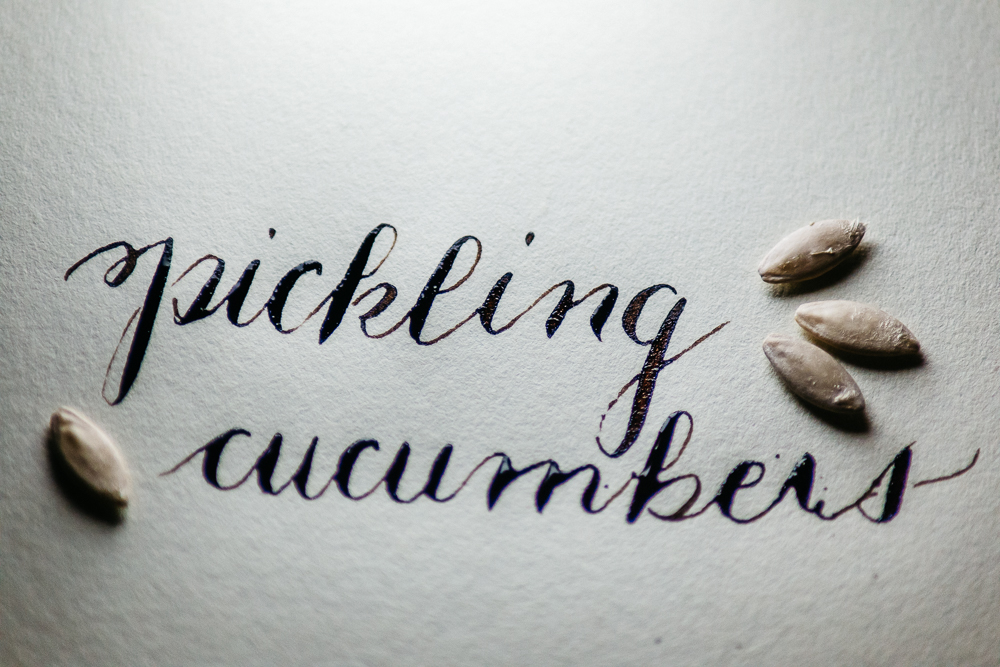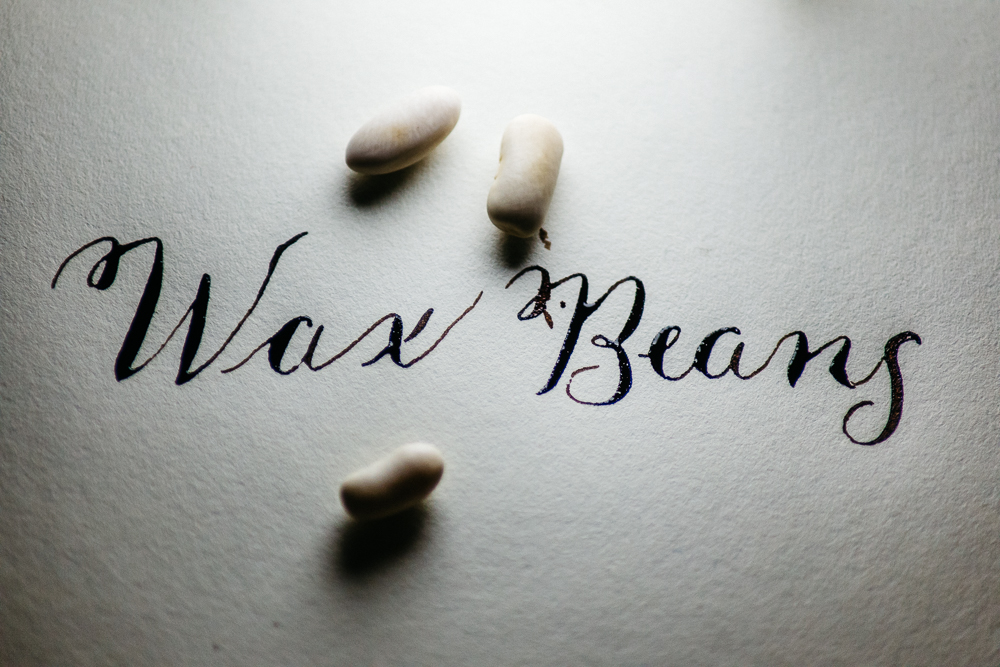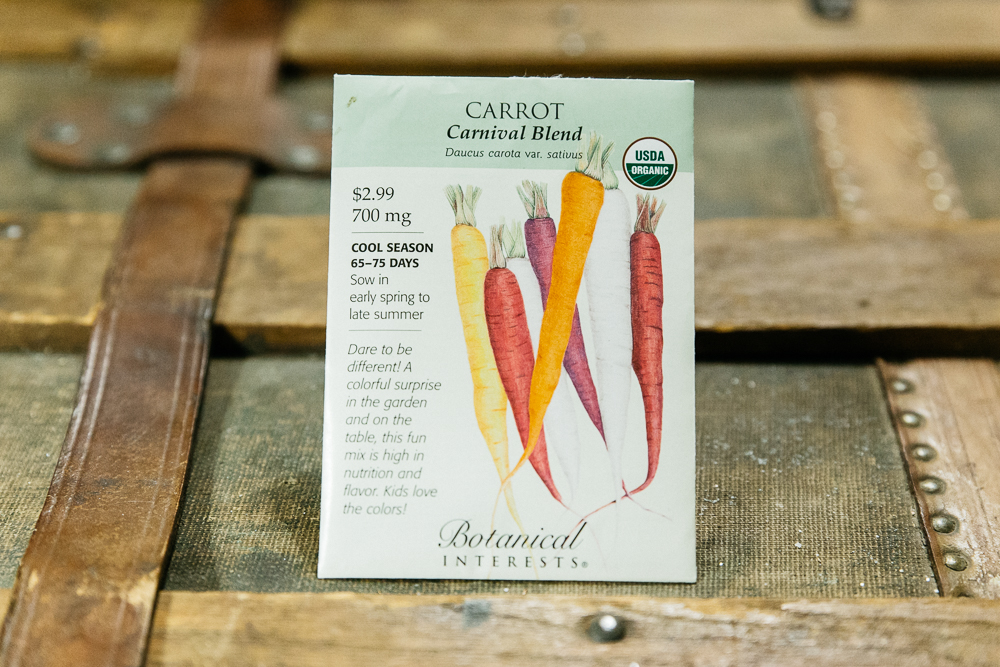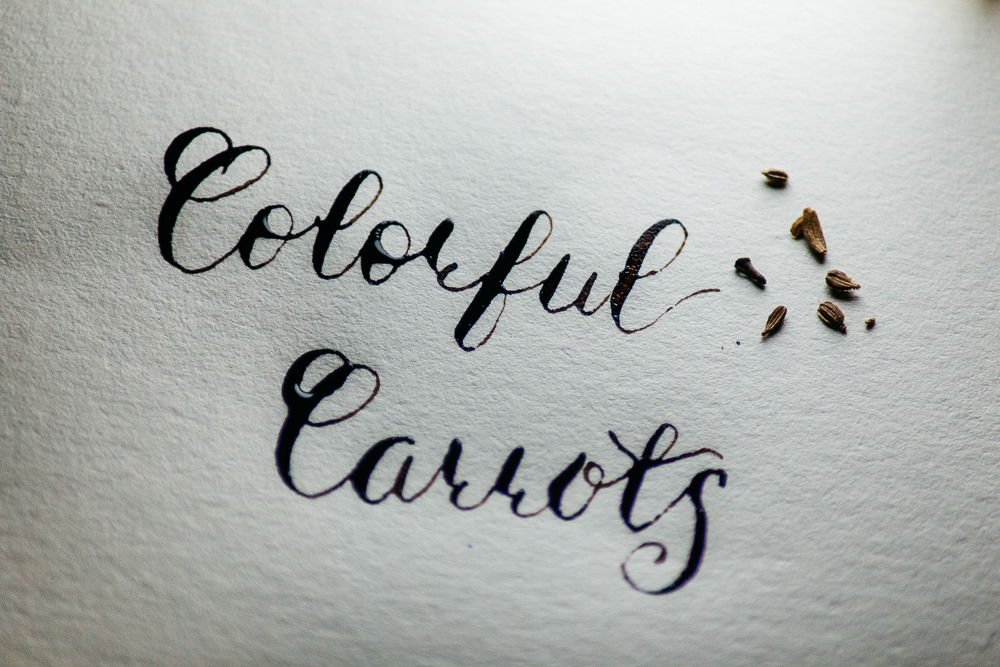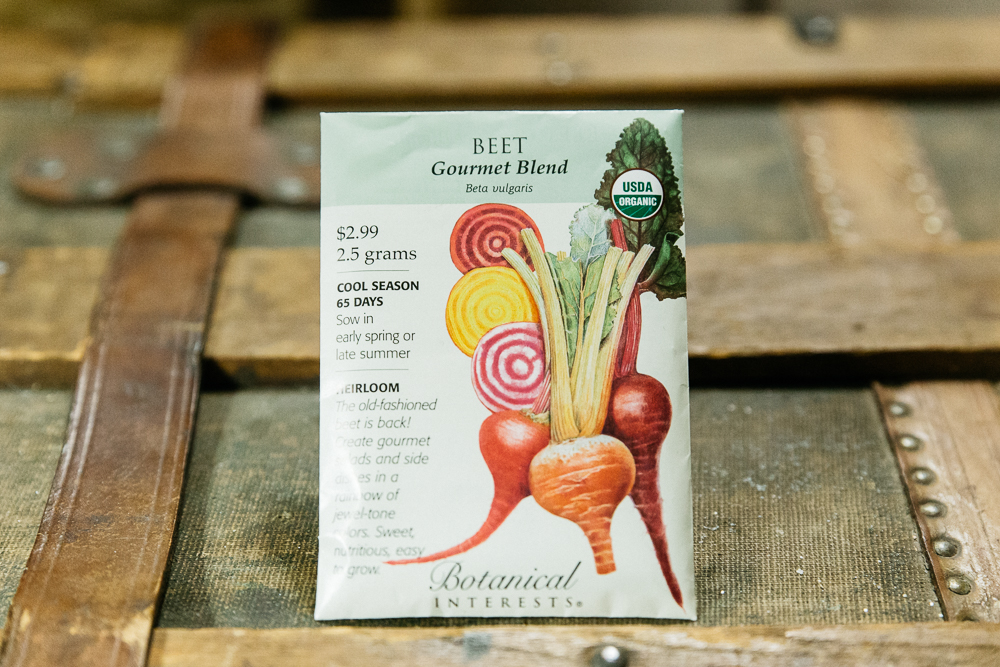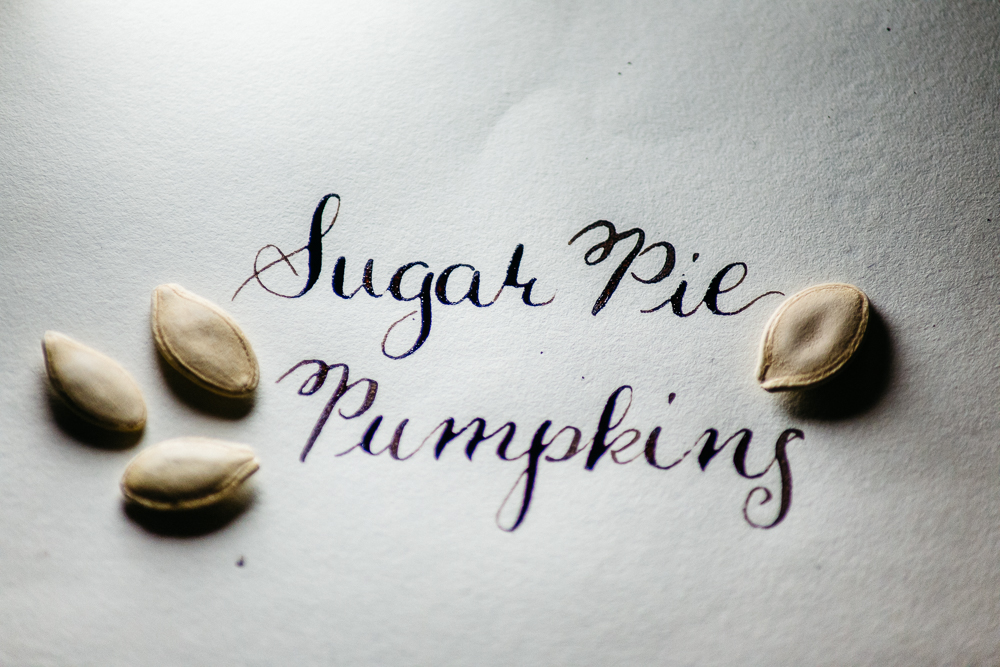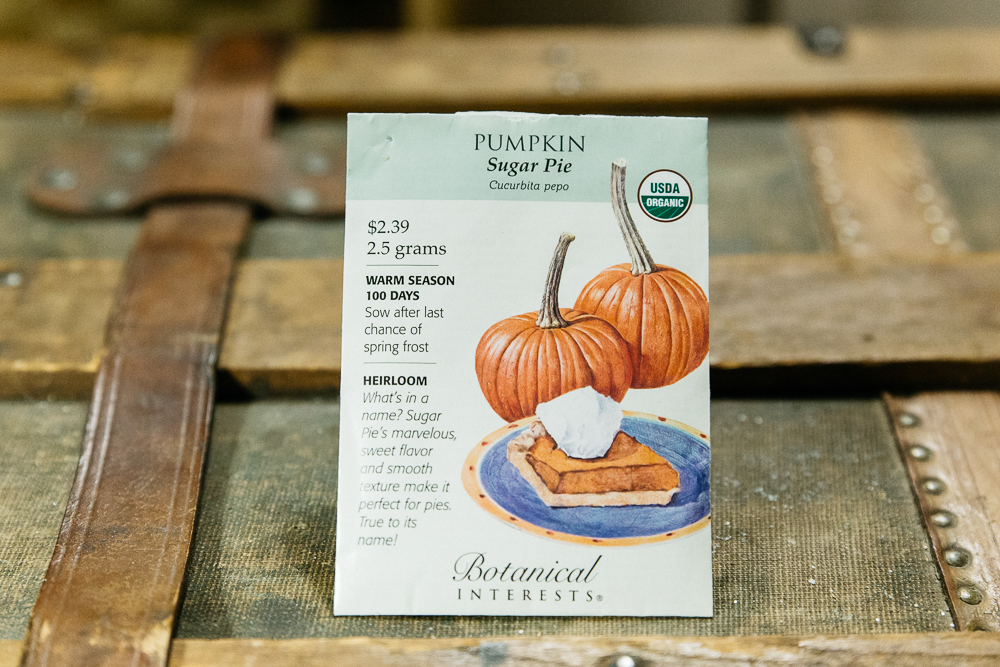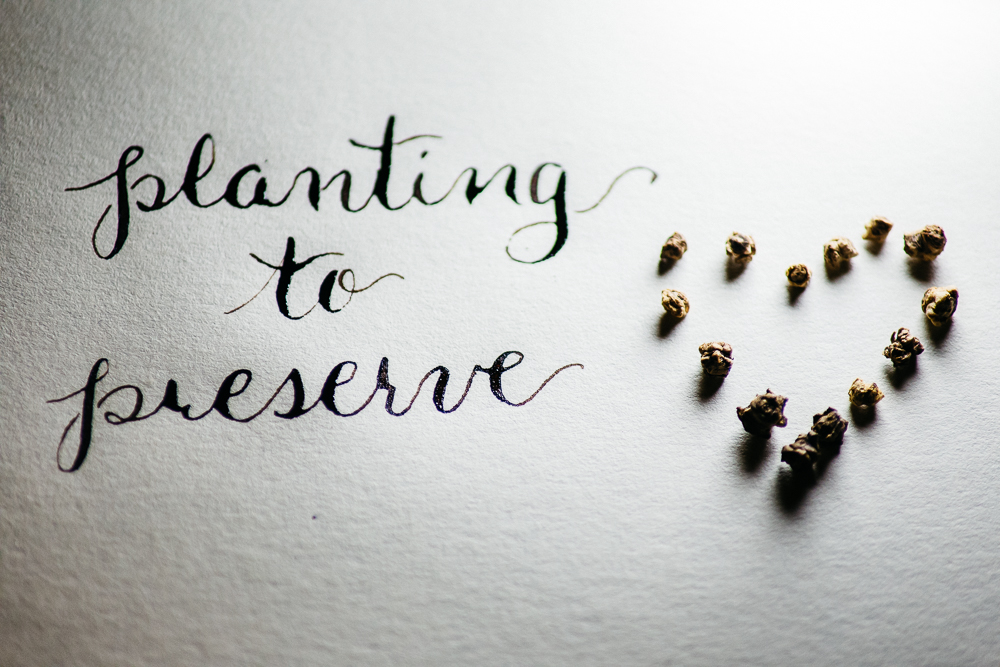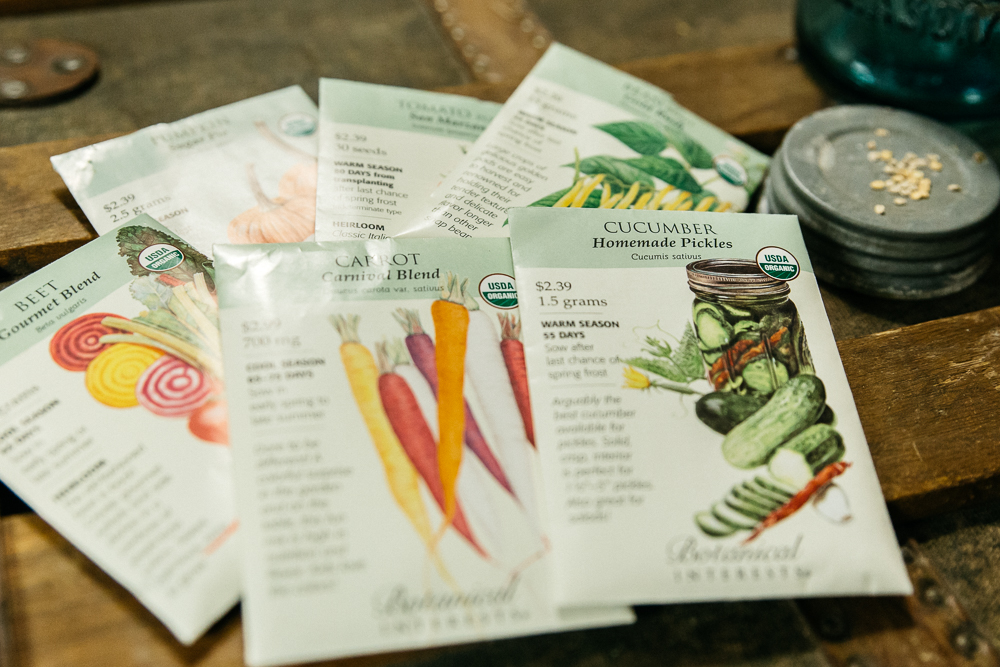Planting to Preserve: Grow a Garden, Sustain Life
It’s February and Spring is just around the corner. Thanks to Punxsutawney Phil, we still have six weeks to go. Even without an early Spring, we can still start planning our gardens. The idea behind my garden planning for 2018 has been planting to preserve.
I always seem to grow things that give us a very bountiful summer and that leaves us barren cupboards and fully reliant on the grocer in the winter. Frankly, that’s not the tune of The Heirloom Lady. Our goal is to learn by doing, so you can learn too!
Planning ahead, we can have enough to supplement summer meals, and enough to preserve for the winter months. My family doesn’t necessarily have this need right now, but as we move forward with our homesteading dream, I know it’ll give me peace of mind when that time comes.
Let's talk about seeds for a moment. Throughout this week's blog, you are going to see many references to Botanical Interests seeds. They have a great selection, including organic, and have great facts, tips and sometimes even recipes on their packets. While these are all awesome, what drew me to Botanical Interests was the beautifully illustrated packaging.
Here’s what I’m planting to preserve and what I plan to do with each crop:
San Marzano Tomatoes:
If there is anything I’ve learned throughout the years, it’s that San Marzano tomatoes are the ultimate sauce fruit. They also make incredible bruschetta, fresh salsa, and a mouth-watering appetizer when plated with fresh mozzarella, basil, and a little extra virgin olive oil.
My goal is to can tomato sauce and, getting brave here, whole tomatoes. I’ve never grown San Marzanos and I’ve never canned tomato anything, so this is going to be a learning experience for me. I can tell you that after growing several other varieties, your best bet is to get them started inside six weeks before the last average frost date.
Sounds intense, right? Don’t give up on me here! I know it can sound intimidating, but it’s not, so let's talk last average frost dates:
Our friends at The Old Farmer’s Almanac help me with this each year. Go here and enter your location. and in seconds, they’ll let you know what your area’s last average frost date. I always write the last average frost date in my planner and use it to decide which date is going to work for me. For example, this year I’ll be starting my San Marzano Tomatoes on March 10, 2018, as the last average frost date for my region is April 25, 2018.
Pepper Roulette:
Throughout the year, I collect seeds from various peppers. I dry them on top of the galvanized mason jar lids in my kitchen window and it works like a charm! They come from all sorts of peppers and places. Some are from peppers grown by friends and coworkers, and some are from the meals we’ve made through Blue Apron and Hello Fresh.
I don’t label them, so when it comes time to start them indoors, I have no idea what I’m planting. This is the exciting part of what I call, “Pepper Roulette.” As they grow, I try to figure out what they are; sometimes I’m right, most of the time I’m wrong.
I’ve recently fallen in love with pickled peppers and the peppers from my Italian Salad blog (check it out here). Canning peppers is pretty easy and it will be nice to have them on hand for quick recipe additions during the year. I’ll start my mystery seeds indoors about three weeks after the final frost, around May 19, 2018.
Pickling Cucumbers:
Growing great cukes is something I have yet to do, but this year I’m going to try something new that I hope will turn my luck around. The plan is to grow my cucumbers up, instead of out. The hubs doesn’t know it yet, but he’s going to be helping me construct an awesome, homemade trellis. I have the design in my head and I know he’s my best bet for making it come to life.
Depending on how they do, I’d like to make dill pickles and try my hand at some old-fashioned bread and butter pickles, too. Since I can’t get enough of my fermentation kit, you can believe I’ll be lacto-fermenting a few of these guys, too.
I’ll start a few plants inside and direct sow a few more plants three to four weeks after the last frost, just in case the others don’t do well. My hope is that if I do a few rounds, I’ll end up with a successful plant or two. The inside plants will get started on March 31, 2018, and I’ll aim to direct sow some on May 19, 2018.
Wax Beans:
Wax beans are just as versatile as their green counterparts but offer a bright pop of color to any recipe and tend to stay crisp longer. Bush bean plants make harvesting a snap as the beans grow in easy to spot clusters. Easy to grow, easy to harvest, it’s a backyard farmer’s dream come true!
I have big plans for these beans. I like to keep frozen beans on hand to toss in soups, but I’m really hoping to can and also pickle some of these golden beauties. While I’d like to focus on preserving them, I know I won’t be able to resist tossing some in a fresh bean salad or cooking them up on the grill.
Because our weather can be relatively unpredictable in Central Penna., I like to wait a full two weeks after the average frost date to plant. This means I’ll be sowing seeds on May 12, 2018. Either way, wax beans are going to be a bright, cheery and welcomed crop to this year’s plot.
Colorful Carrots:
Carrots have grown in my garden since day one, but last year was my first experience planting Carnival Blend carrots. I’m not sure if I’ll ever plant a plain orange carrot ever again. Carrots are packed with vitamins and nutrients, it’s just that with colors like purple, white, yellow and red, Carnival Blend carrots look a little more beautiful doing it. And let’s get real, it makes them more fun to eat for kids and adults!
Carrots are fun and easy to grow, but more importantly, they are very easy to preserve by freezing and canning. Since I froze my crop last year (check out this blog to see how it went), this year I’m planning to can and pickle these gorgeous gems.
Carrots prefer a cooler temperature and it’s usually recommended to sew them 2-4 weeks prior to the average last frost. I usually aim for three weeks and then play it by ear (or by the weather, rather). I’m planning to direct sow carrots on April 7, 2018.
Gourmet Beets:
Beets are the hipsters of the vegetable world. They knew they were awesome before being awesome was a thing. They are the original…”BEETniks” (Ah, garden jokes). The thing is, beets pack a punch. Nutrient-rich, like the aforementioned carrots, beets don’t just come in one color.
Don’t get me wrong, I really like the traditional red beet, but I’m a junky for bright, exciting colors. Mother Nature’s color palette for beets is explosive. Imagine shades of red, yellow, pink, white, in all different shapes, sizes and texture topped with luscious green stems. This makes it even more fun to can and ferment beets (learn more about lacto-fermented beets here)!
Beets like cooler soil, so they get direct sown several weeks before our last frost. Based on the calendar, it looks like I’ll be wearing a coat and planting beets around March 31, 2018. Hopefully, the Easter Bunny will throw me a carrot and make the sun shine!
Sugar Pie Pumpkins:
Let’s not forget dessert. I’ll admit, this is going to be the most exciting thing in my garden this year. The thought of growing my own pumpkin and using it to make a homemade pie amps me up. It gives me the same feeling I used to get when there would be a new Harry Potter book release.
From what I’ve read, the Sugar Pie variety is perfect for pie. Pumpkin is perfect for so much more than that, though. Canned pumpkin can be used all year for baked goods, soup, overnight oats (a personal favorite of mine!) and smoothies, amongst other things.
Despite what your seed packet may suggest, I feel it’s best to direct sow seeds from the squash family, rather than starting them inside. I think it gives them a chance to better acclimate to the environment, the soil and to grow sturdy roots. I’ll be direct sowing my Sugar Pie pumpkins four weeks prior to the average last frost, which means sometime around March 31, 2018.
Heirloom Tip: Like my Gram before me, I keep my seeds in the freezer. They must be kept dry, so keep them in an airtight container or a Ziplock freezer bag. I feel that this helps preserve seeds for the long run, which is great as I have a relatively small garden at the moment and never use an entire packet. I let them warm up to room temperature before use and have experienced excellent germination results thus far.
As I plant to preserve, I plan to bring you along for the ride. I hope this post motivates and encourages you to try planting to preserve. Largely, I hope you are inspired to try growing your own food in general, even if you start with a few tomato plants in containers on your patio. Happy garden planning!

